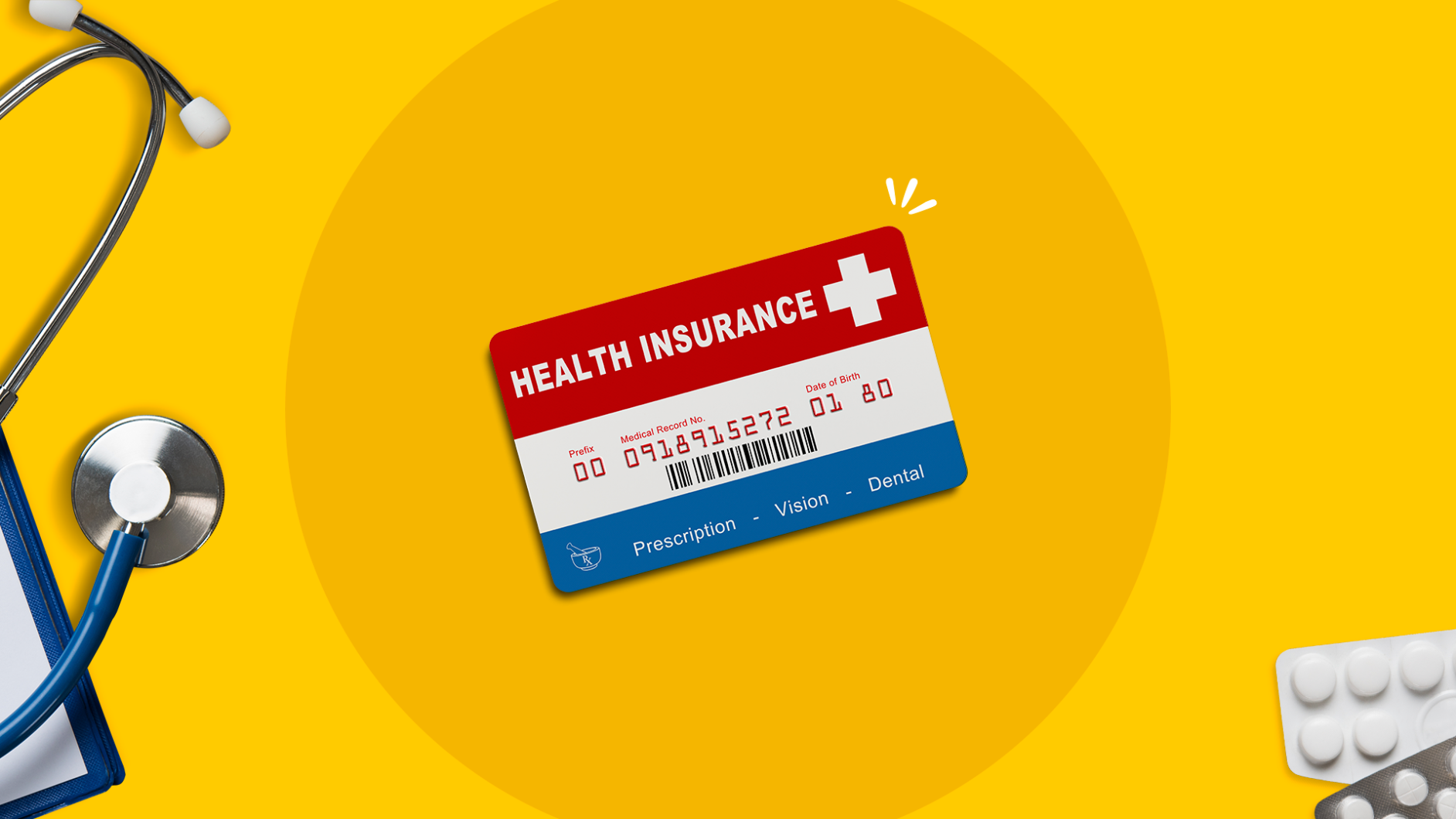Your health insurance, over time, is a malleable thing. It can change for several reasons—either you’ve started a new job, or moved states, or your old plan was canceled, for example. But the downside is that sometimes, that change means you can no longer afford traditional insurance. Luckily, there’s another option for some of us: catastrophic health insurance.
What is catastrophic health insurance?
Catastrophic health insurance is an alternate form of health insurance that offers limited emergency and preventive care coverage. You’ll generally pay a lower premium in exchange for much higher deductibles. The plans generally only cover the basic needs listed above, so you won’t get the same benefits as you’d get from a traditional, more comprehensive insurance plan. Catastrophic plans are a safety net in case of an emergency.
Most people looking for catastrophic coverage are doing so because they either can’t afford regular coverage from a major medical plan, don’t want coverage from a major medical plan, or don’t qualify for government assistance like Medicaid or subsidies from the Affordable Care Act Marketplace.
With catastrophic care plans, you have to pay for every medical expense until you reach your deductible with a couple of exceptions—at least three primary care doctor visits are covered in full as well as the 10 essential health benefits laid out by the Affordable Care Act. Those include immunizations, an annual check-up, certain cancer screenings, mammograms, ambulance services, pregnancy, surgery, lab work, and rehabilitation services. It covers some prescriptions, but you’ll have to check your plan formulary to determine if yours are.
So what’s not covered? Basically everything else, until you reach your deductible. That means if you need to see a healthcare provider for something, like a mild infection or a broken finger, and you’ve already used your three appointments, you’ll likely pay for everything out-of-pocket. If you have to go to the emergency room, you will pay for the full cost until you meet your deductible. Unless it’s one of those three visits or covered essential care, you’re on the hook. After you meet the deductible, coverage kicks in and everything is covered in full.
Catastrophic coverage plans last an entire year. Because the coverage is so minimal before you meet your deductible, it’s often not worth it for someone unless they expect (or at least have a concern) they’re going to have major medical expenses that year. That being said, it might be better for you than having no insurance at all, so be sure to explore every option in full.
How do I qualify for catastrophic health insurance?
Many adults can qualify for catastrophic health insurance, but you have to meet certain conditions.
Age
If you’re under 30, and either don’t want or can’t get Medicaid, you may qualify for a catastrophic plan.
Hardship
If you’re over 30, you have to qualify for a hardship exemption. That means there’s a circumstance outside your control that stops you from getting a major medical health plan. Here are 14 scenarios from the Marketplace in which you would qualify you for a hardship exemption:
- Homelessness
- Eviction or foreclosure
- Receiving a shut-off notice from your utility company
- Domestic violence
- Death of a family member
- Fire, flood, or another disaster that created substantial damage to your property
- Bankruptcy
- Substantial debt from medical expenses
- Unexpected increases in expenses because you’re a caregiver for an ill, disabled, or aging family member
- A child as a tax dependent (who’s ineligible for Medicaid and CHIP coverage), and another person is required by court order to give medical support to the child
- Eligibility from an appeals decision for enrollment in a qualified health plan (QHP) through the Marketplace, lower costs on your monthly premiums, or cost-sharing reductions for a time period when you weren’t enrolled in a QHP through the Marketplace
- Your state didn’t expand eligibility for Medicaid, so you’re ineligible
- The exemption for “grandfathered” individual insurance plans is no longer available for 2017 and later
- Other hardship, not captured by these categories
What is the average cost of catastrophic health insurance?
Overall, catastrophic health insurance is generally more expensive out of pocket than you’d pay otherwise, even though premiums are lower than typical major health insurance plans. Here’s the typical breakdown.
- Deductible: If you get catastrophic coverage through the Marketplace, your deductible for 2020 is $8,150. That number goes up every year. If you’re buying private coverage, the number could be more like $6,000 or even lower—check your individual plan to be sure. The average of private coverage deductibles right now is $7,148.
- Out-of-pocket costs: The deductible and out-of-pocket costs for catastrophic plans are the same; once you meet one, you’ve met both.
- Premiums: For catastrophic health plans, premiums can be $100 or lower every month. They currently average about $170. Compare that to traditional health plans, where the average monthly premium is around $400 monthly for an individual and $600 monthly for a family of four.
- Copay: Copays for catastrophic health plans vary greatly from plan to plan, but generally they’re higher than you would pay with traditional health insurance.
- Tax subsidy: Catastrophic coverage insurance is not eligible for tax subsidies to lower the cost of the plan.
Catastrophic health insurance can be a good option if you’re young, healthy, and don’t want to pay for the costs of a major medical plan. But if you’re older, need a lot of medical care, or just go to the doctor a lot, it may not be the best choice—and you may not even qualify. Be sure to do your research to see what’s the best option for you.
And remember that catastrophic health insurance coverage may not include your prescriptions. But that doesn’t mean you’ll have to overpay for them. Search for your medications on singlecare.com to see how much you could save at the pharmacy.











